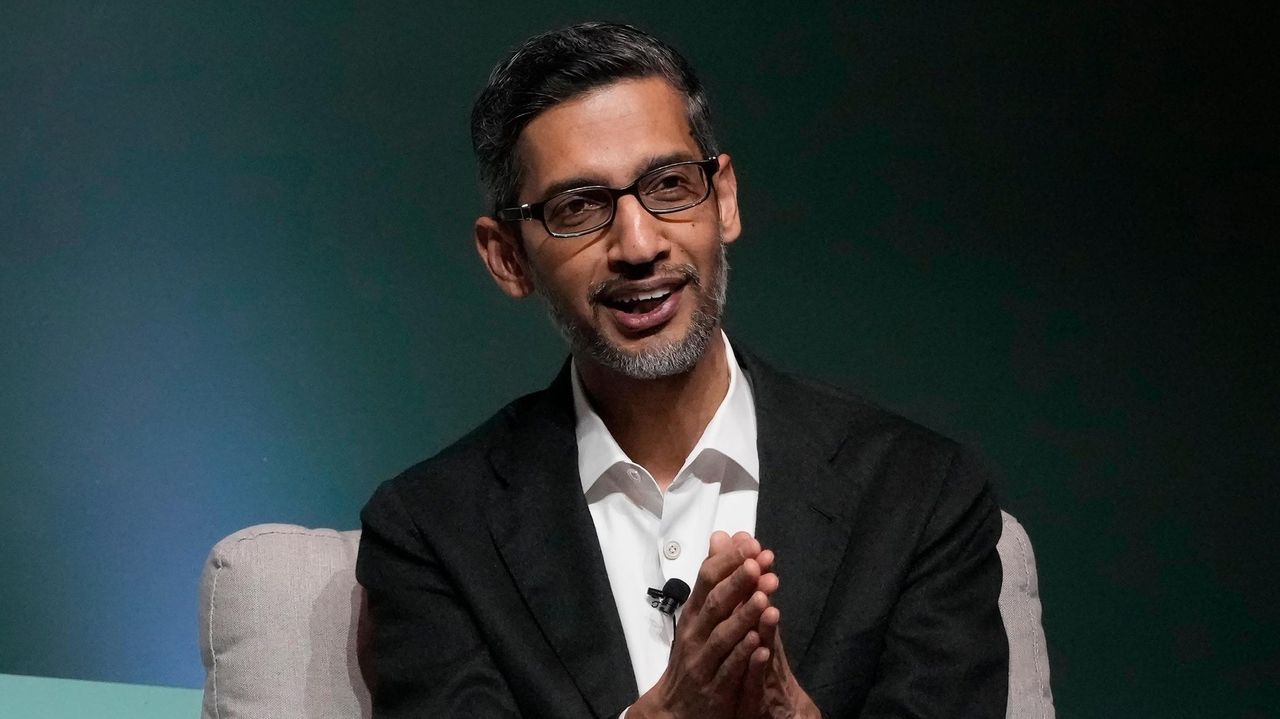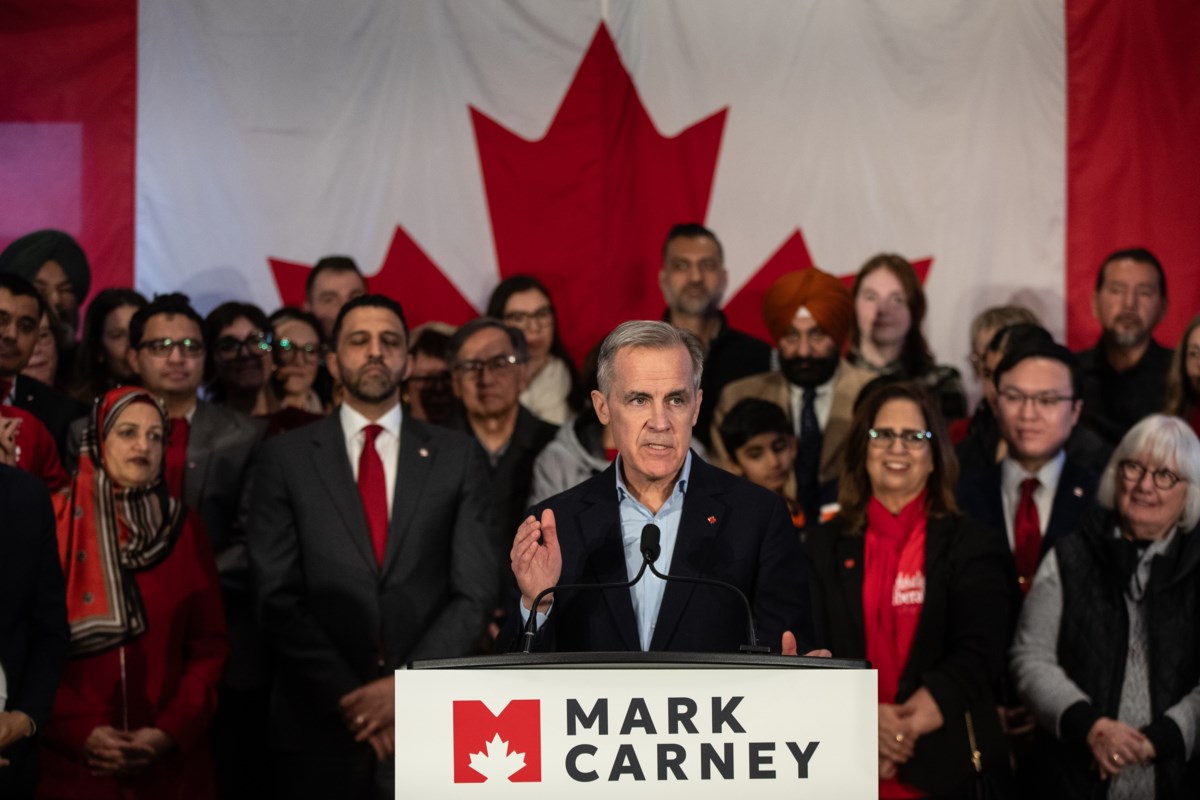The Diverging Paths Of Altman And Nadella: Implications For The Future Of AI

Table of Contents
Altman's Vision: A Race Towards General-Purpose AI
Sam Altman's vision for OpenAI is ambitious: to create a truly general-purpose AI—an artificial intelligence capable of performing any intellectual task a human being can. This pursuit involves significant risks and ethical considerations but also offers the potential for groundbreaking advancements.
OpenAI's Research Focus and Ambitions:
OpenAI's research is at the forefront of AI development, focusing on several key areas:
- Large Language Models (LLMs): Models like GPT-3 and GPT-4 demonstrate remarkable capabilities in natural language processing, powering applications ranging from chatbots to creative writing tools.
- Reinforcement Learning: This technique enables AI systems to learn through trial and error, improving their performance over time. This is crucial for developing AI agents that can interact effectively with complex environments.
- Robotics and Embodied AI: OpenAI is also exploring the integration of AI with physical robots, aiming to create AI systems that can interact with and manipulate the physical world.
OpenAI's ultimate goal is Artificial General Intelligence (AGI), a hypothetical AI with human-level intelligence. While the timeline remains uncertain, achieving AGI could revolutionize numerous aspects of life, from scientific discovery to disease treatment. However, this also presents significant risks.
The Risks and Ethical Considerations of Unconstrained AI Development:
The rapid advancement of AI, particularly without adequate safeguards, poses several potential dangers:
- Job Displacement: Automation driven by advanced AI could lead to widespread job losses across various sectors.
- Bias and Discrimination: AI systems trained on biased data can perpetuate and amplify existing societal inequalities.
- Misuse and Malicious Applications: Powerful AI technologies could be exploited for malicious purposes, such as creating sophisticated deepfakes or autonomous weapons systems.
OpenAI acknowledges these risks and has implemented safety measures, including rigorous testing and alignment research, to mitigate potential harms. However, the effectiveness of these measures remains a subject of ongoing debate, highlighting the critical need for responsible innovation within the field of AI development.
Nadella's Approach: Responsible AI Integration into Microsoft's Ecosystem
Satya Nadella's strategy at Microsoft prioritizes responsible AI integration into its existing products and services. This approach emphasizes ethical considerations and focuses on leveraging AI to enhance existing functionalities rather than pursuing AGI as a primary goal.
Microsoft's Strategic AI Integration:
Microsoft is embedding AI across its vast ecosystem:
- Azure: Microsoft's cloud platform offers a suite of AI services, enabling developers to build and deploy AI-powered applications.
- Office 365: AI features are integrated into productivity tools like Word, Excel, and PowerPoint, improving efficiency and user experience.
- Bing: Microsoft's search engine is leveraging AI to deliver more relevant and personalized search results.
Microsoft's AI strategy is heavily focused on enterprise applications, aiming to empower businesses and organizations to leverage AI for improved productivity and decision-making. This practical, applied approach contrasts sharply with OpenAI's more theoretical, research-driven focus.
Microsoft's Emphasis on Ethical AI and Governance:
Microsoft has established a strong emphasis on ethical AI development, guided by its AI principles:
- Fairness: Mitigating bias and ensuring equitable outcomes.
- Reliability and Safety: Building robust and secure AI systems.
- Privacy and Security: Protecting user data and maintaining confidentiality.
- Inclusiveness: Making AI accessible and beneficial to everyone.
- Transparency: Providing clear explanations of AI system decision-making.
Microsoft actively invests in research and initiatives aimed at ensuring fairness, transparency, and accountability in its AI systems. This commitment to responsible AI development sets it apart from some other companies in the field.
The Divergence and its Implications for the Future of AI
The contrasting approaches of Altman and Nadella represent a fundamental divergence in the AI landscape.
Comparing and Contrasting the Strategies:
Altman's approach prioritizes pushing the boundaries of AI capabilities, accepting higher risks in pursuit of groundbreaking advancements. Nadella, on the other hand, emphasizes responsible innovation, focusing on integrating AI into existing systems in a safe and ethical manner. This difference in risk tolerance and strategic goals significantly impacts their respective approaches to AI development and deployment.
Potential Scenarios and their Impacts:
Several potential scenarios could unfold:
- OpenAI Dominance: If OpenAI successfully achieves AGI, it could significantly reshape the AI landscape, potentially leading to rapid technological advancements but also posing considerable ethical challenges.
- Microsoft's Gradual Integration: Microsoft's approach could lead to a more gradual and responsible integration of AI into society, mitigating some of the risks associated with rapid advancements but possibly slowing the pace of innovation.
- Collaboration and Competition: OpenAI and Microsoft could collaborate on certain projects, leveraging their respective strengths, or they may compete for dominance, leading to a dynamic and potentially disruptive landscape.
The Role of Regulation and Governance:
The contrasting paths of Altman and Nadella highlight the urgent need for clear regulations and governance frameworks for AI development. Governmental policies will play a crucial role in shaping the future trajectory of AI, potentially influencing both OpenAI's research and Microsoft's integration strategies. The lack of robust regulation could lead to unpredictable and potentially harmful outcomes.
Conclusion: Navigating the Future of AI with Altman and Nadella's Competing Visions
The diverging paths of Sam Altman and Satya Nadella represent two distinct visions for the future of artificial intelligence. Altman's pursuit of general-purpose AI promises revolutionary advancements but carries significant risks, while Nadella's focus on responsible integration offers a more measured but potentially slower path to progress. Both approaches are important, and navigating the future of AI requires careful consideration of both the potential benefits and the inherent risks. The development of clear ethical guidelines and robust regulatory frameworks will be crucial in ensuring that AI benefits humanity as a whole. Let's continue the discussion on the future of AI and the importance of responsible innovation in The Diverging Paths of Altman and Nadella: Implications for the Future of AI.

Featured Posts
-
 Canadian Federal Election Mark Carneys Liberals Secure Victory
May 01, 2025
Canadian Federal Election Mark Carneys Liberals Secure Victory
May 01, 2025 -
 Understanding The Dragons Den Pitch Process A Comprehensive Overview
May 01, 2025
Understanding The Dragons Den Pitch Process A Comprehensive Overview
May 01, 2025 -
 Priscilla Pointer Dallas And Carrie Actress Dies At Age 100
May 01, 2025
Priscilla Pointer Dallas And Carrie Actress Dies At Age 100
May 01, 2025 -
 Ayksprys Ardw Shh Rg Ka Almyh Awr Mstqbl Ka Swal
May 01, 2025
Ayksprys Ardw Shh Rg Ka Almyh Awr Mstqbl Ka Swal
May 01, 2025 -
 Beloved Actress Priscilla Pointer Dies Remembering Her Legacy In Dallas And The Carrie Diaries
May 01, 2025
Beloved Actress Priscilla Pointer Dies Remembering Her Legacy In Dallas And The Carrie Diaries
May 01, 2025
Latest Posts
-
 Atff Nin Stuttgart Taki Bueyuek Futbol Altyapi Projesi
May 01, 2025
Atff Nin Stuttgart Taki Bueyuek Futbol Altyapi Projesi
May 01, 2025 -
 Almanya Da Futbol Hayali Stuttgart Atff Secmeleriyle Baslayin
May 01, 2025
Almanya Da Futbol Hayali Stuttgart Atff Secmeleriyle Baslayin
May 01, 2025 -
 Stuttgart Atff Secmeleri Tarihler Yerler Ve Basvuru Bilgileri
May 01, 2025
Stuttgart Atff Secmeleri Tarihler Yerler Ve Basvuru Bilgileri
May 01, 2025 -
 Atff Stuttgart Genc Yetenekler Icin Bueyuek Bir Firsat
May 01, 2025
Atff Stuttgart Genc Yetenekler Icin Bueyuek Bir Firsat
May 01, 2025 -
 Stuttgart In Bueyuek Futbol Altyapi Secmeleri Atff Duyurusu
May 01, 2025
Stuttgart In Bueyuek Futbol Altyapi Secmeleri Atff Duyurusu
May 01, 2025
